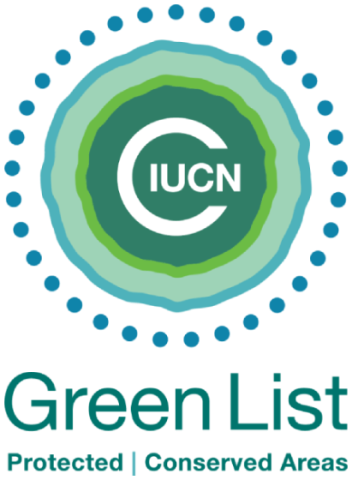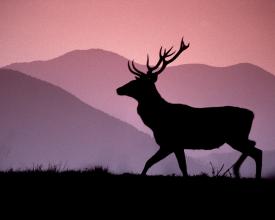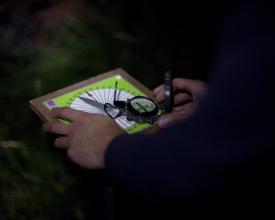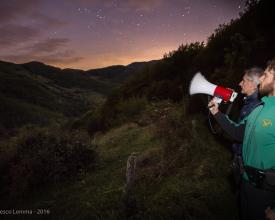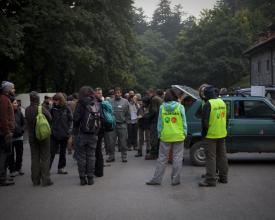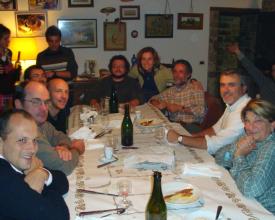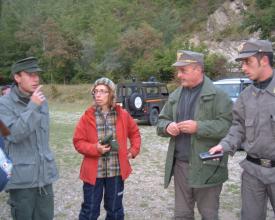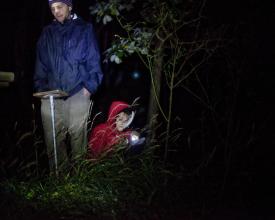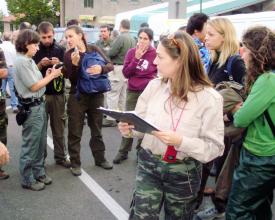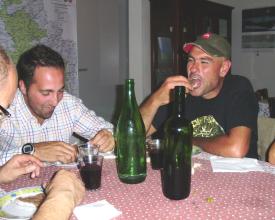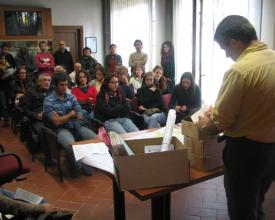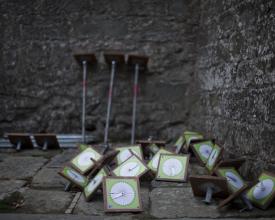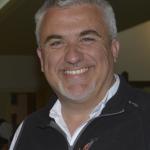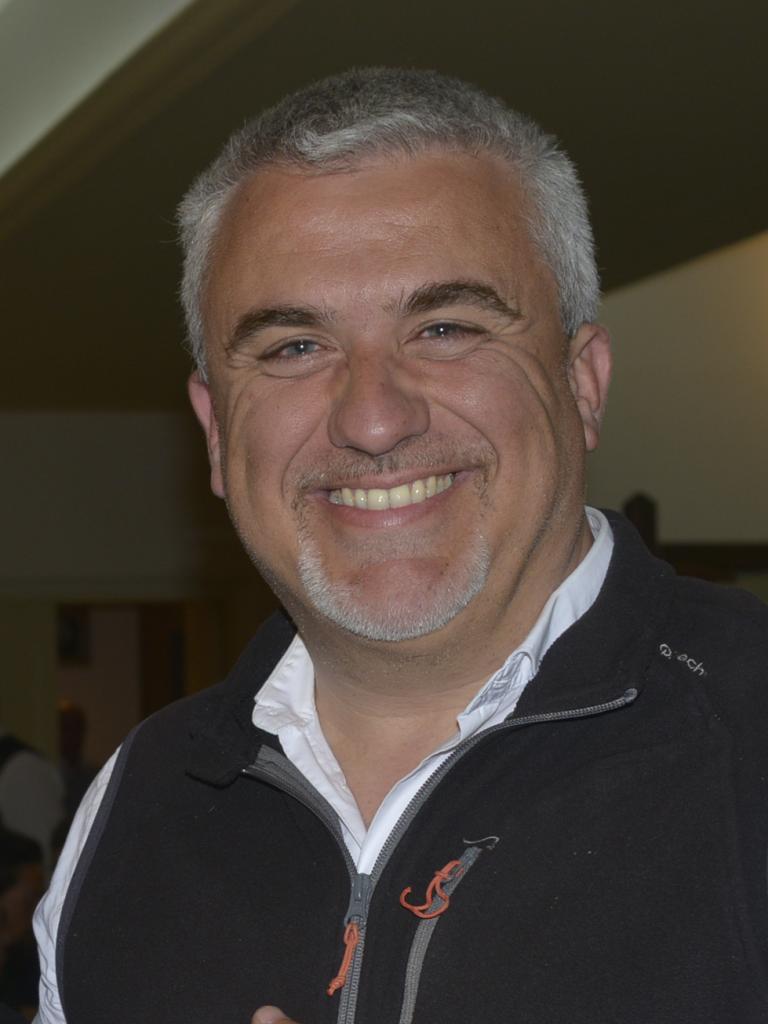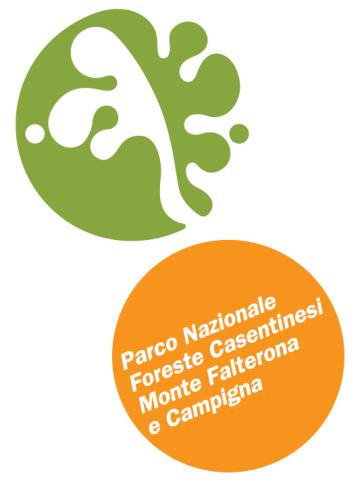
Gestión participativa de la fauna salvaje en áreas protegidas: la experiencia del censo de ciervos rojos en el Parque Nacional Foreste Casentinesi.

En el Parque Nacional Foreste Casentinesi, el censo anual de ciervos rojos, basado en el seguimiento vocal de la berrea, se ha convertido en un acontecimiento muy importante en el que participan durante tres días y tres noches más de 600 voluntarios llegados de toda Italia y del extranjero, pertenecientes a diferentes categorías: gestores de fauna salvaje, científicos, guardas, estudiantes, cazadores, ecologistas y voluntarios corrientes. A todos los voluntarios participantes se les pide que pasen muchas horas de la noche al aire libre. Se dividen en parejas, escuchan a los ciervos en celo y registran los datos. Durante los días, asisten a seminarios, clases de formación y momentos de convivencia. El objetivo original de vigilar la población de ciervos rojos con fines de gestión se acompaña ahora de otros objetivos importantes: eliminación de barreras culturales entre personas de orígenes culturales y sociales muy diferentes en torno a la conservación de la naturaleza; oportunidad de turismo de naturaleza; experiencia social, creando un fuerte sentimiento con el Parque.
Contexto
Défis à relever
El reto original del proyecto era la posibilidad de controlar la población de ciervos del Parque de una forma menos costosa, implicando a cientos de voluntarios.
La experiencia demuestra que este tipo de gestión participativa de la fauna salvaje es una forma excelente de reducir los conflictos culturales en torno a la gestión de la fauna salvaje entre distintas categorías de interesados, como cazadores, ecologistas, animalistas, estudiantes, guardas forestales y otros. De hecho, éste es el objetivo social y cultural más importante del censo.
Otro objetivo importante es la oportunidad de que el censo anual de ciervos se convierta en un acontecimiento popular, publicitado en la prensa y los medios de comunicación locales, nacionales e internacionales. El censo de ciervos, basado en la conservación de la naturaleza, es ahora un embajador turístico muy eficaz del parque nacional con efectos económicos relevantes y sostenibles. Se ha convertido en una importante atracción turística en la temporada baja de finales de septiembre.
Ubicación
Procesar
Resumen del proceso
Uno de los mayores retos de los Parques Nacionales es conseguir la aceptación del público.
Este resultado ha sido posible gracias a la transformación de una actividad de seguimiento científico (el censo de ciervos rojos) en una ocasión de encuentro e intercambio social y, al mismo tiempo, en un acontecimiento turístico y económico.
El éxito global de la acción del Parque no puede separarse de la conexión entre estos aspectos.
El objetivo principal del Parque de gestionar la fauna salvaje a través de un censo de grandes ciervos sólo es posible alcanzarlo si cientos de voluntarios de toda Italia deciden participar gastando su tiempo y su dinero. Estos voluntarios, que buscan una experiencia científica, encuentran también una ocasión especial de conocer a gente de distinta procedencia y hacer nuevos amigos. Pasando unos días en el Parque "gracias" a los ciervos, los voluntarios activan una economía de turismo verde y la población local tiene la prueba de que las actividades de protección del Parque Nacional son también una ocasión para potenciar el progreso económico.
Todas estas relaciones hacen que el parque sea un éxito.
Bloques de construcción
Seguimiento de la naturaleza mezclando personas y culturas.
Una de las recetas más importantes para el éxito del censo de ciervos es que cada pareja de operadores tiene que estar compuesta por personas de diferentes categorías: principiantes con expertos, cazadores con animalistas, guardas con estudiantes, personas de diferentes regiones, etc.
Cada noche la composición de las parejas es diferente, por lo que todos los participantes tienen la oportunidad de conocer a gente diferente y diferentes zonas del Parque Nacional.
También los eventos sociales y científicos se organizan para enfatizar las ocasiones de intercambio de experiencias entre todos los diferentes tipos de participantes.
Factores facilitadores
Toda la organización se centra en la mezcla de participantes de distintas categorías como norma importante para el éxito del proyecto.
Los programas informáticos de inscripción y organización logística creados y gestionados por la agencia del Parque no permiten a los participantes expresar preferencias rígidas en materia de alojamiento y emparejamiento con personas concretas durante las actividades oficiales.
Se está informando a todos los participantes de la importancia de estas normas.
Lección aprendida
La combinación de personas de diferentes categorías es una norma importante para esta actividad de control, principalmente por tres razones:
- operadores de la misma categoria podrian tener interes en alterar los datos sobre el numero censado de ciervos: si los cazadores declaran mas ciervos podrian ser llamados a reducir ese numero; por la misma razon los animalistas podrian tener interes en declarar un numero reducido.
- En el pasado, ocurrio que parejas de operadores de la misma categoria (especialmente cazadores, que estan obligados a participar para tener el permiso de caza) decidieron descansar en el bosque en lugar de contar ciervos de manera adecuada. Las parejas mixtas se controlan mutuamente.
- Las parejas mixtas son la mejor oportunidad para intercambiar experiencias y romper barreras culturales.
Transformar un seguimiento científico en un acontecimiento social y turístico
La gestión de las áreas protegidas mediante actividades de conservación suele separarse de las actividades de uso turístico. Crear una conexión entre ambas actividades puede ser una herramienta para resolver muchos problemas, mostrando a todo el mundo que las actividades del Parque forman parte de una estrategia única y compleja.
El censo de ciervos rojos en el Parque Nacional Foreste Casentinesi es al mismo tiempo una importante acción de seguimiento de la vida salvaje y un gran evento turístico, basado en un turismo de alta calidad. Implica directamente, durante cuatro días en temporada turística baja, a alojamientos locales como refugios de montaña y "agriturismi" (granjas), guías e intérpretes medioambientales, restaurantes y otras empresas económicas.
Factores facilitadores
Los voluntarios que participan en el censo son jóvenes por término medio y, obviamente, aprovechan esta oportunidad también para recrearse en la naturaleza y conocer a personas con su misma pasión. Las actividades del censo y la presencia de cientos de voluntarios de muchas localidades italianas y extranjeras son bastante visibles para toda la población local, también a través de los medios de comunicación.
Gracias al censo de ciervos, el Parque Nacional se convierte en la sede de un importante acontecimiento nacional de conservación y esto es muy apreciado por las comunidades locales.
Lección aprendida
Una de las claves de la gestión de los parques nacionales es utilizar las formas de desarrollo como herramientas de conservación. El censo de ciervos organizado en el Parque Nacional de los Bosques Casentinesi es un excelente ejemplo de esta estrategia. Gracias al censo, la población local ve en los ciervos y sus actividades de conservación una oportunidad de desarrollo socioeconómico.
Al mismo tiempo, los voluntarios encuentran la rara oportunidad de ser protagonistas de la gestión del parque durante un par de días, sintiéndose parte real de ella.
Esta experiencia demuestra cómo la conservación del medio ambiente puede coincidir con oportunidades de desarrollo socioeconómico sostenible.
Impactos
La gestión participativa de las zonas protegidas es una forma importante de aumentar la aceptación de la conservación de la naturaleza y, por supuesto, de ahorrar dinero en actividades de vigilancia. El censo anual de ciervos rojos, abierto a todo tipo de voluntarios apasionados, ha demostrado en los últimos once años ser una herramienta adecuada para que el Parque
- dar la oportunidad a diferentes categorías de personas de debatir sobre la conservación de la naturaleza, escuchando en libertad durante la noche la impresionante actividad de celo de los ciervos rojos;
- crear una ocasión de turismo de naturaleza en un periodo de temporada baja para visitantes muy motivados e interesados;
- crear una ocasión para promocionar el Parque Nacional a nivel nacional e internacional, gracias a todas las noticias y artículos sobre esta actividad inusual y fascinante.
Beneficiarios
- El parque nacional y sus actividades de conservación y científicas.
- La economía local, por los beneficios económicos de esta solución, especialmente en términos de turismo.
- Todos los participantes, por la experiencia cultural ofrecida.
Objetivos de Desarrollo Sostenible
Historia
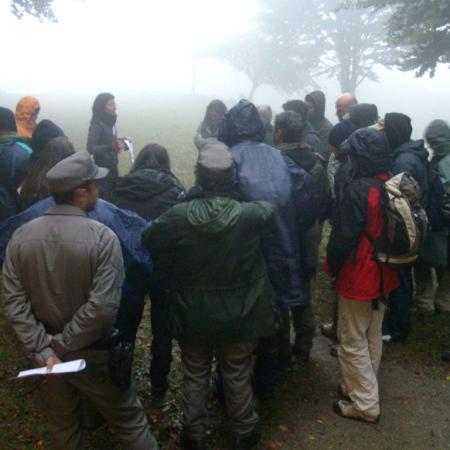
El censo anual de ciervos del Parque Nacional Foreste Casentinesi, en un periodo en el que los hayedos empiezan a teñirse de mil colores, es una gran ocasión para que cientos de personas vivan la gestión de la fauna "desde dentro", compartiendo un increíble acontecimiento emocional y científico con muchas personas desconocidas y culturalmente diferentes.
Pasar tres noches en los bosques protegidos del parque (al lado de un guarda forestal, de un investigador o, por qué no, de un joven y motivado cazador con un punto de vista diferente), escuchar y contar la sugerente berrea de los ciervos y compartir miedo, emociones, escalofríos y conocimientos científicos es algo inesperado que nadie podrá olvidar jamás.
Los actos sociales del programa de tres días (reuniones científicas, cenas sociales, excursiones guiadas y la "sesión oficial de seguimiento del aullido del lobo") completan la experiencia y crean la oportunidad de conocer gente nueva tanto por motivos personales como laborales.
Los cientos de voluntarios procedentes de todas las regiones italianas y del extranjero son alojados en grupos por el Parque Nacional en alojamientos privados dentro del área protegida, y ésta es otra ocasión importante para relacionarse con la población local.
Tras esta experiencia, se crea un vínculo muy fuerte entre cada participante y el ambiente del Parque Nacional y por eso más del 60% de las personas vuelven al año siguiente para repetir la experiencia. Todos ellos se convierten en "amigos" del Parque Nacional y lo defenderán el resto de su vida.
También para el personal del Parque Nacional, que tiene que trabajar duro todo el año para organizar el censo de ciervos en el que participan unas 650 personas, esta experiencia es bastante importante para comprender mejor el sentir de las distintas categorías de interesados que participan en la conservación de la naturaleza y la gestión de la fauna salvaje, y esto es absolutamente necesario cuando se trabaja para la conservación de la naturaleza.
El objetivo original de controlar la población de ciervos de forma científica pero poco costosa pasa a ser secundario. Esta experiencia demuestra claramente que la gestión participativa en la conservación de la naturaleza es sin duda la mejor solución.

